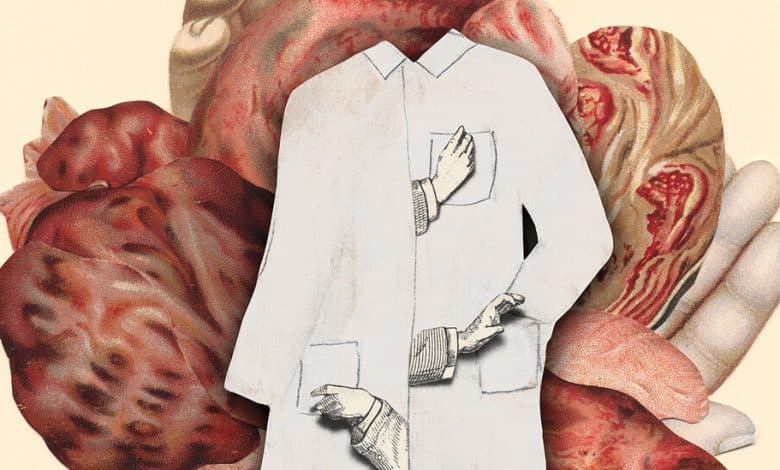‘Butcher’ Tells the (Mostly) True Story of a Very Bad Gynecologist

BUTCHER, by Joyce Carol Oates
There are many things one could note about Joyce Carol Oates’s long writing career — including, most strikingly, its legendary prolificness. Gifted with a protean talent, she has shifted with ease from one literary genre to another, be it novels, short stories, memoir, poetry, children’s books, essay collections, plays or librettos.
To the envy, admiration and annoyance of less fluent authors, Oates has clearly never suffered from writers’ block. When she is not writing in longhand, she is busy on X and Substack, airing her opinions on Donald Trump and the events of the day. For a time she also wrote suspense under two different pseudonyms.
Indeed, there is something almost compulsive, verging on the hypergraphic, about her need to write. It seems to come to her as readily as breathing, and leaves one wondering whether she ever stops long enough to brew a cup of tea. (One of her few diversions is running.) Now 85, Oates shows no sign of slowing down: “Butcher” is, by most accounts, her 63rd novel, and the book has the feverish energy, narrative propulsion and descriptive amplitude — sometimes to excess — of much of her earlier work.
Even when Oates isn’t writing in an explicitly Gothic mode, as she did in “Bellefleur” (1980) or “My Heart Laid Bare” (1998), she has always been interested in intimations of the sinister, the way it suddenly hoves into view on an ordinary summer day. “At the periphery of many of my poems and works of fiction, as in the corner of an eye,” she once observed in an essay, “there is often an element of the grotesque or surreal.”
The title of “Butcher,” the very starkness of it, gives a clue to the lurid, bloody tale Oates has in store. Like several previous works (her seminal 1966 short story “Where Are You Going, Where Have You Been” and the 1992 Chappaquiddick reimagining “Dark Water,” for example), it is inspired in part by real figures who committed real crimes — including, in this case, an undertrained doctor named J. Marion Sims, who in the 1840s began performing experimental surgeries on women recovering from difficult childbirths.
Here, the “Butcher” of the title is now called Silas Aloysius Weir, who for 35 years oversees the New Jersey State Asylum for Female Lunatics, where conditions range from abysmal to horrifying. His medical instruction is minimal, consisting of only four months of training at an inferior school, though he is happy to tell everyone that he comes from a distinguished family (one of his uncles is a renowned astronomer at Harvard, from which two brothers have also graduated; Weir seems to be the bad egg).
